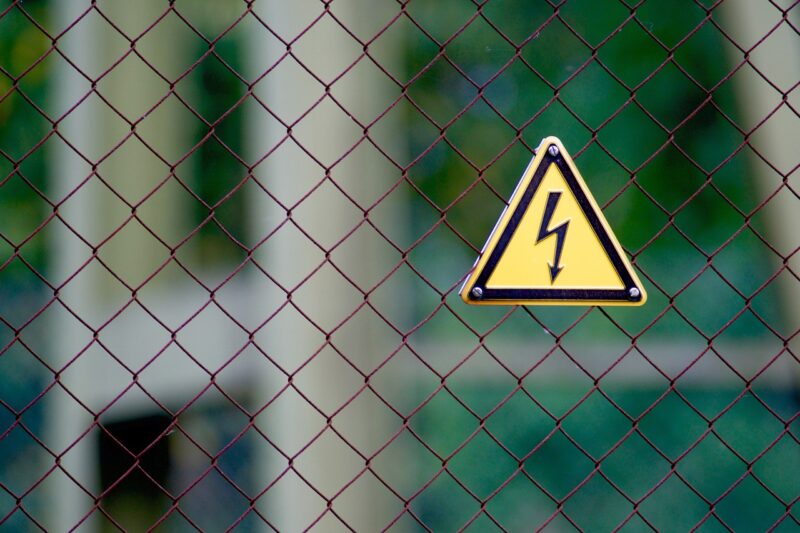Is the Surge in Commercial Property Insurance Rates Losing Steam?

After enduring a period of escalating premiums and reduced coverage options starting in 2018, commercial property insurance policyholders can anticipate somewhat milder rate hikes in the upcoming months. This shift is attributed to increased market capacity and a movement towards stability within the industry, as reported by brokerage experts.
Despite this trend towards moderation, insurers are expected to continue advocating for premium increases. Notably, properties at greater risk of natural disasters, those that have previously experienced significant losses, and specific sectors like food services, public entities, and multi-family real estate are likely to face low double-digit rate growth or even higher.
Top-tier properties that have maintained a record of minimal losses might find themselves in a more favorable position. They stand to gain from the competitive landscape with potential for slight single-digit premium upticks or possibly unchanged renewal rates for some clients.
The trajectory of the property insurance market is closely tied to the outcomes of January 1 treaty reinsurance renewals. Reports suggest that these renewals have been largely positive with nominal rate increases and sufficient capacity to meet the demands from primary carriers.
As we look towards 2024, it is reasonable to expect a deceleration in rate hikes following the tumultuous pricing and terms observed last year.
Does slowing insurance portend a better real estate market? Read this blog post from the CRE Insights blog to learn more: Is a recovery incoming for commercial real estate finance in 2024?
Late-year renewals offered a more optimistic scenario than seen previously, indicating a move towards greater equilibrium in the market. There’s an observation of oversubscription on shared and layered programs which signals encouraging news for growth-oriented insurers.
With competition heating up, insurers are strategically increasing their stakes in risks—from historically taking on 10% lines upping their shares to as much as 15%. Even amidst challenging year-end renewals, there was undeniably an improved environment for clients securing policies.
Although additional capacity has entered the market, it comes at considerable costs. Some companies are preparing for substantial hikes—upwards of 30-35%—in their property programs upon renewal. The previous year caught some off guard with unexpected rate surges nearing 30%.
In terms of catastrophe losses absence of major U.S. wind events last year had beneficial effects on insurers’ outcomes. However global insured property catastrophe losses still soared above $100 billion last year according to reports from Gallagher Re’s January renewals report.
Challenges persist particularly around Florida winds and California’s earthquake and wildfire risks. Accounts impacted by such events continue to experience disruptions during renewal processes especially if they’re associated with insurers actively cleaning up their portfolios leading to steeper renewal pains.
Forecasts suggest that properties exposed to catastrophes—or those without but with prior losses or poor risk management—will see tempered rate increases ranging between 15-30%, down from previous spikes between 25-150%.
Check out these bright spots in the CRE world: Potential Hidden Gems in a Challenging Commercial Real Estate Market
Secondary perils like severe convective storms have also taken center stage due to significant loss figures exceeding $59 billion last year in the U.S., resulting in insurers adjusting terms and conditions while trying to limit exposure on affected accounts.
Overall development across various regions has magnified impacts on insurer operations yet pricing adjustments seem reflective of classic supply-and-demand dynamics inching closer toward balance within the marketplace.


